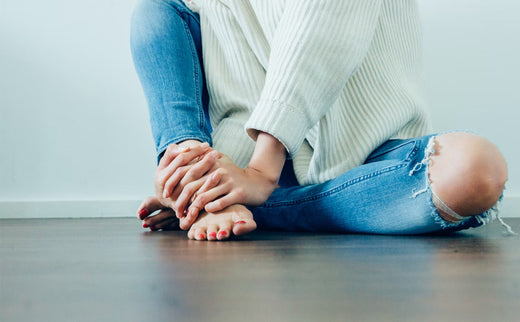
Best Women's Shoes for Flat Feet
Flat feet or overpronation is a condition that affects many people around the world, and if you have it, shopping for comfortable heels can be difficult.
That's why we've curated the selection of shoes below, specifically designed to help you with flat feet.
Here are our top picks:
Best Smart Shoes
Winner: Extra Wide Fit Flat Shoes
Pros:
- Hidden stretch panel in the toe box.
- True to size.
- Fits up to EEE toe width.
- Cushioned and arch supported insole.
- Leather upper.
- Non-slip sole.
Best Court Shoes
Winner: Extra Wide Fit Court Shoes
Pros:
- Cushioned and arch supported insole.
- Large size.
- Soft leather.
- Stylish and comfortable.
- Non-slip sole.
Best Trainers
Winner: Extra Wide Fit Trainers
Pros:
- Extra wide fit.
- Perfect for swollen feet.
- Cushioned arch.
- Supportive insole.
- Fully lined toe box (no seams).
- Wider toe box.
- Laces to adjust forefoot width.
Best Boots
Winner: Extra Wide Fit Boots
Pros:
- Cushioned and arch supported insole.
- Inside zip.
- Leather upper kid leather lining.
- Synthetic stretch toe lining.
- Non-slip sole.
Best High Heels
Winner: Emily II Black Leather High Heels
Pros:
- Luxuriously soft shoe.
- Perfect for standing all day.
- 3.5 inch heel
- Lamb leather upper and lining
- Cushioned and arch supported insole
- Non-slip sole
- Handmade in Portugal by master shoemakers
- Available in a range of colours
Best Strappy Sandals
Winner: Selena High Heel Shoes
Pros:
- Ultimate comfortable occasion shoe
- 3.5 inch heel
- Pointed toe with a vamp that comes high up
- Lamb leather upper and lining
- Cushioned and arch supported insole
- Non-slip sole
- Handmade in Portugal by master shoemakers
- Available in a range of colours
Best Ballet Flats
Winner: Charlotte Flat Leather Shoe
Pros:
- Excellent comfort, with a wide fit that can be worn all day (and night!)
- 1 cm hidden heel for comfort
- Leather upper and lining
- Cushioned and arch supported insole
- Non-slip sole
- Handmade in Portugal by master shoemakers
- Available in a range of colours
Discover Shoes That Offer Elegance and Perfectly Support
Finding footwear that is both supportive and stylish can feel like solving a puzzle, especially for individuals managing low arches. Every step impacts your overall comfort and posture, whether you’re rushing through the office, navigating a conference, or relaxing with friends. With the right knowledge, you can find options that ease discomfort while boosting your confidence and presence.
Why Low Arches Demand Specialised Footwear
Flat feet occur when the natural arch in the middle of the foot is either absent or lower than normal. This leads to excessive pronation, where your foot rolls inward with each step. Over time, this biomechanical misalignment can result in:
- Persistent heel pain (plantar fasciitis)
- Shin splints
- Joint discomfort
- Lower back issues
The Role of Proper Design
- Even weight distribution: Shoes without adequate support fail to distribute weight evenly, leading to unnecessary stress on the ball and heel of the foot.
- Alignment correction: Misaligned feet can affect the kinetic chain—the series of joints and muscles working together during movement—causing cascading pain through the knees and hips.
Standing on a cushionless surface all day causes your feet to bear the strain, and the discomfort spreads upward. Properly structured shoes act as shock absorbers, stabilising your steps and supporting alignment.
Key Features to Prioritise in Stylish Footwear for Low Arches
1. Advanced Arch Support Technology
Support isn’t simply about cushioning; it’s grounded in biomechanical precision. Look for:
- Moulded EVA (ethylene vinyl acetate) midsoles or orthotic-grade footbeds that offer targeted support to promote natural alignment.
- Heel cups that cradle your heel and reduce side-to-side motion.
- Metatarsal pads to alleviate pressure on the forefoot, especially if you’re often in heels or pointed shoes.
Example: A professional-grade pump with a built-in stabilising shank can provide an elegant silhouette while ensuring structural integrity beneath the arch.
2. Shock-Absorbing Cushioning for Long Days
Not all cushioning is created equal. High-quality midsoles made from polyurethane or dual-layer memory foam disperse impact evenly, which is critical for low arches that absorb shock inefficiently.
Expert tip: Choose options with zoned cushioning—extra padding in high-pressure areas like the heel and forefoot prevents hotspots and fatigue, especially on hard urban surfaces.
3. Supportive Outsoles for Balance and Posture
Shoes with overly flexible soles provide little reinforcement, exacerbating overpronation. Instead, look for:
- Dual-density designs to stabilise the midfoot while keeping the forefoot flexible for natural movement.
- Rockered soles that are slightly curved upward at the toe, encouraging smoother transitions during walking.
Example: A low-block heeled boot with a rubber sole and a slight rocker bottom ensures stability while remaining chic for both daytime and evening events.
4. Premium, Adaptive Materials
Breathable uppers, such as natural leather or engineered knit fabrics, keep feet cool and adapt to your foot’s contours.
- Stretchable fabrics accommodate mild swelling or bunions, common in individuals with low arches.
- Moisture-wicking linings reduce the risk of blisters during busy days spent on your feet.
Stylish Options That Complement Your Lifestyle
Support doesn’t mean compromising on fashion. Brands today are blending function and aesthetics, creating pieces that align with your personal style while addressing your specific needs.
Refined Heeled Footwear
Heels aren’t off the table. Focus on designs that distribute weight effectively, such as:
- Block heels (1-2 inches) that create a broader surface area, reducing strain compared to stilettos.
- Wedges that mimic the stability of flats while adding height, making them ideal for professional and formal settings.
Real-world example: A leather pump with a sculpted heel and padded interior transitions seamlessly from client meetings to formal dinners. Adding gel inserts can further improve comfort for high-impact days.
Comfort-Focused Flats
Not all flats are equal. Many lack structure, but options designed for foot health provide:
- A hidden support system, allowing you to maintain style without sacrificing function.
- Slip-resistant soles for added stability on polished floors or uneven pavements.
Pro Tip: Pair orthotic ballet flats with compression stockings for extra ankle support and improved circulation during long days.
Effortlessly Chic Trainers
Modern trainers are redefining casual wear. Lifestyle trainers with:
- Incorporated orthotic technology, such as podiatrist-designed footbeds.
- Platform soles combine support with a trendy aesthetic.
A weekend stroll in cushioned trainers energises your steps and keeps your wardrobe on-trend. Pair them with tailored joggers or denim for an effortlessly polished look.
Common Missteps to Avoid When Choosing Footwear
1. Completely Flat Designs
Shoes without a defined arch place unnecessary stress on your joints. Even the most luxurious flats can cause foot fatigue if they lack structural support.
2. Narrow Toe Boxes
A snug fit around the toes exacerbates discomfort, particularly if you have bunions or hammertoes—a condition often aggravated by low arches. Choose shoes with rounded or almond-shaped fronts for better comfort.
3. Overly Soft Soles
While cushioning is essential, soles that collapse under pressure fail to provide the stability low arches require. Shoes should balance softness with rigidity to maintain proper alignment.
Practical Check: Gently bend a potential pair—if they fold easily in the middle, they likely won’t provide adequate support.
Is There a Cure for Flat Feet?
There is no ‘cure’ for flat feet, and they generally do not need any treatment, but if yours are causing pain or problems, wearing the correct shoes can help.
If you cannot find comfortable flat feet shoes, you could try orthotic insoles or foot arch supports in shoes you already have at home. They may take some getting used to, but with continuous wear, they can considerably improve the symptoms of flat feet and relieve the pain caused by this common condition.
In addition to footwear, foot stretches and ankle strengthening exercises can help treat flat feet. And if the pain gets too much, you can speak to your doctor about taking painkillers and anti-inflammatory drugs.
Being active, maintaining healthy body weight, and avoiding high-impact sports can help ease the aches and pains associated with overpronation, as can walking barefoot wherever possible.
Is Overpronation Preventable?
As overpronation is often genetic, it is not always preventable, but there are many things you can do to reduce its effects.
Wearing the correct shoes for overpronation is the perfect place to start, and by supporting your feet in the right position, you can prevent your condition from worsening. Choose footwear or insoles that include arch cushioning to give your flat feet the support they need. Exercise your calves, ankles, and feet as often as possible to strengthen your muscles, and ditch wearing shoes when you are at home.
Thankfully, flat feet shoes are more fashionable than ever, so there’s no need to settle for old-fashioned orthopaedic shoes with this condition. Order those gorgeous high heels you have been looking at for months, just make sure they are wide fit and offer enhanced arch support.
How do I know if a shoe will actually work for my flat feet?
When shopping for footwear, pay attention to these specific details:
- Arch height: Check if the shoe’s arch support matches your foot. This may involve trying several pairs to see which feels most comfortable.
- Flexibility and sole structure: The sole should not bend too easily, particularly in the middle. Shoes with firm midsoles provide the stability needed for flat feet.
- Heel-to-toe drop: A slight elevation of 1–2 inches in the heel can improve comfort and alignment.
- Try before buying: Walk on various surfaces to test the shoe’s stability, cushioning, and overall support.
If buying online, ensure the retailer has a generous return policy in case the fit isn’t right.
How can I maintain the lifespan of these shoes?
Investing in quality footwear means taking steps to preserve them:
- Rotate your pairs: Avoid wearing the same shoes daily. Alternating between pairs reduces wear and tear and allows the materials to recover.
- Use supportive inserts: If the shoe allows, adding orthotic insoles can reduce strain on the insole and prolong its durability.
- Protect materials: Use a leather protector or waterproofing spray for suede or fabric shoes to guard against stains and moisture.
- Replace worn soles: For well-loved pairs, consider having the soles repaired or replaced by a cobbler instead of discarding them so the cushion is refreshed. Alternatively look for new soles if you're flat footed.
Check out Calla reviews for the latest feedback on our shoes.
Can I wear stylish footwear for flat feet for activities like exercise or travel?
Absolutely! Choose the right category of shoes for specific needs:
- For exercise: Look for supportive trainers designed for low arches.
- For travel: Prioritise lightweight, cushioned styles with slip-on designs for ease at airports or during long walks.
Pro Tip: Bring blister pads and compression socks during long trips to prevent discomfort from swelling or rubbing.
Running update: We don't have any good recommendations for runners yet, as it's not significant for style, but we may in the future.
How do I style supportive shoes for professional or formal settings?
Balancing comfort and style is easier with these tips:
- Choose minimalist designs: Neutral colours like black, nude, or navy pair well with professional attire. Opt for timeless styles like loafers, pointed-toe flats, or low-block heels.
- Play with textures: Patent leather, suede, or subtle metallic finishes can elevate the look of functional shoes.
- Accessorise thoughtfully: Matching your shoes with a bag or belt in similar tones creates a polished, cohesive appearance.
For formal events, consider embellished or structured heels with a modest height for a touch of glamour without sacrificing comfort.
What should I do if stylish options still cause discomfort?
If even the best-designed shoes don’t feel right, it may be worth exploring additional measures:
- Custom orthotics: Podiatrists can create insoles tailored specifically to your foot shape, offering unparalleled comfort.
- Foot exercises: Strengthening your foot and ankle muscles with simple exercises (e.g., toe stretches or calf raises) can reduce strain on flat feet.
- Consult a specialist: Visit a podiatrist or physiotherapist for a gait analysis to understand the root cause of persistent discomfort and address it effectively.
Are there any warning signs that a shoe is unsuitable for me?
Avoid shoes that:
- Lack a contoured insole or arch support
- Have a narrow toe box that cramps your toes
- Cause excessive rubbing or blistering, even after breaking them in
- Allow your foot to slide forward or feel unstable during wear

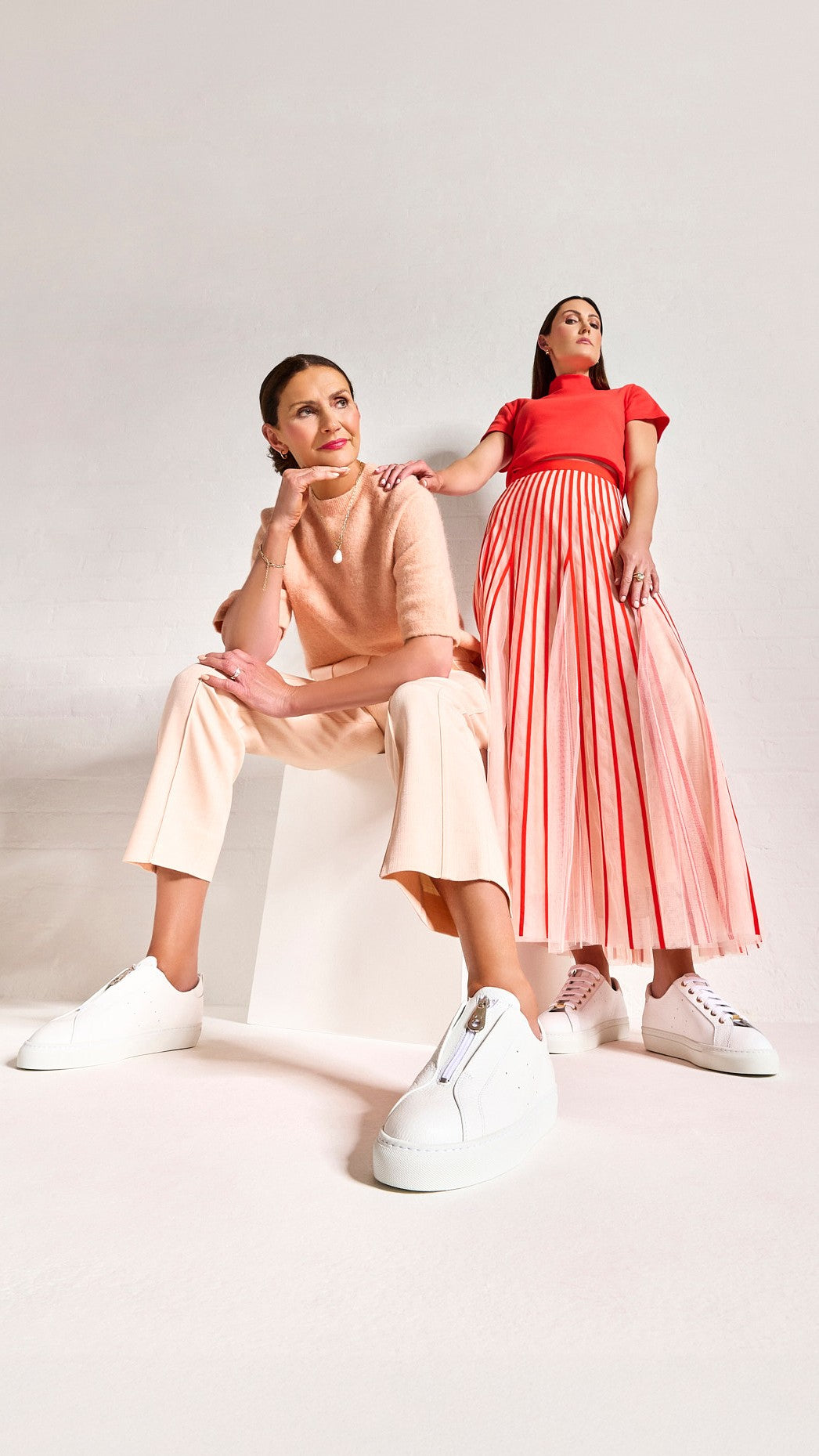







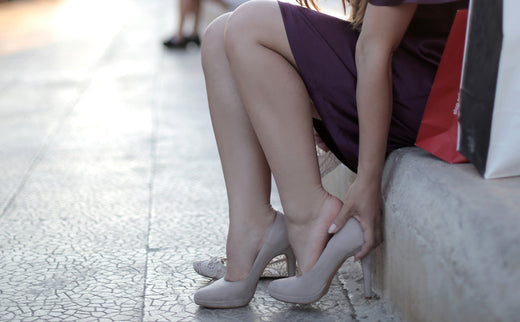
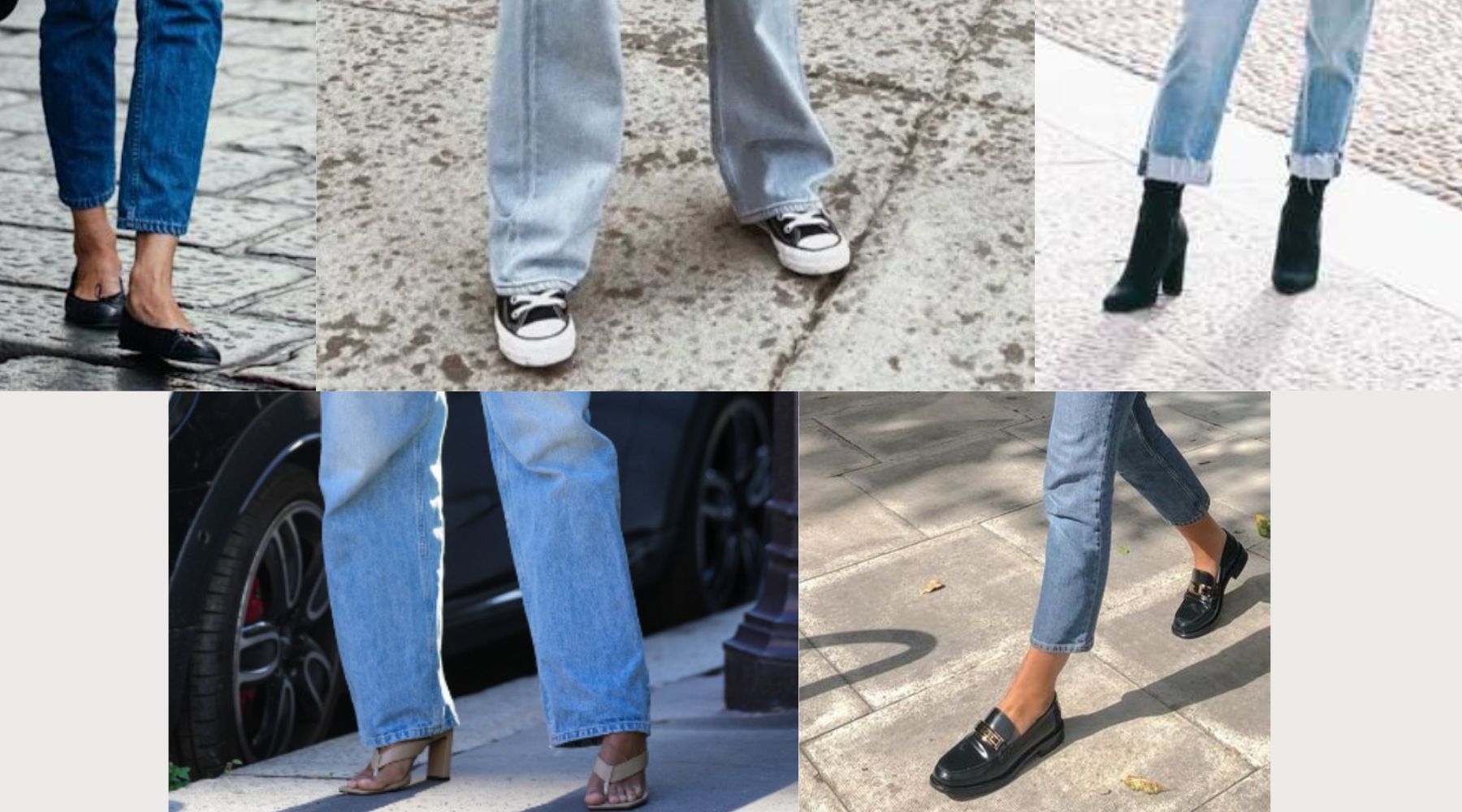
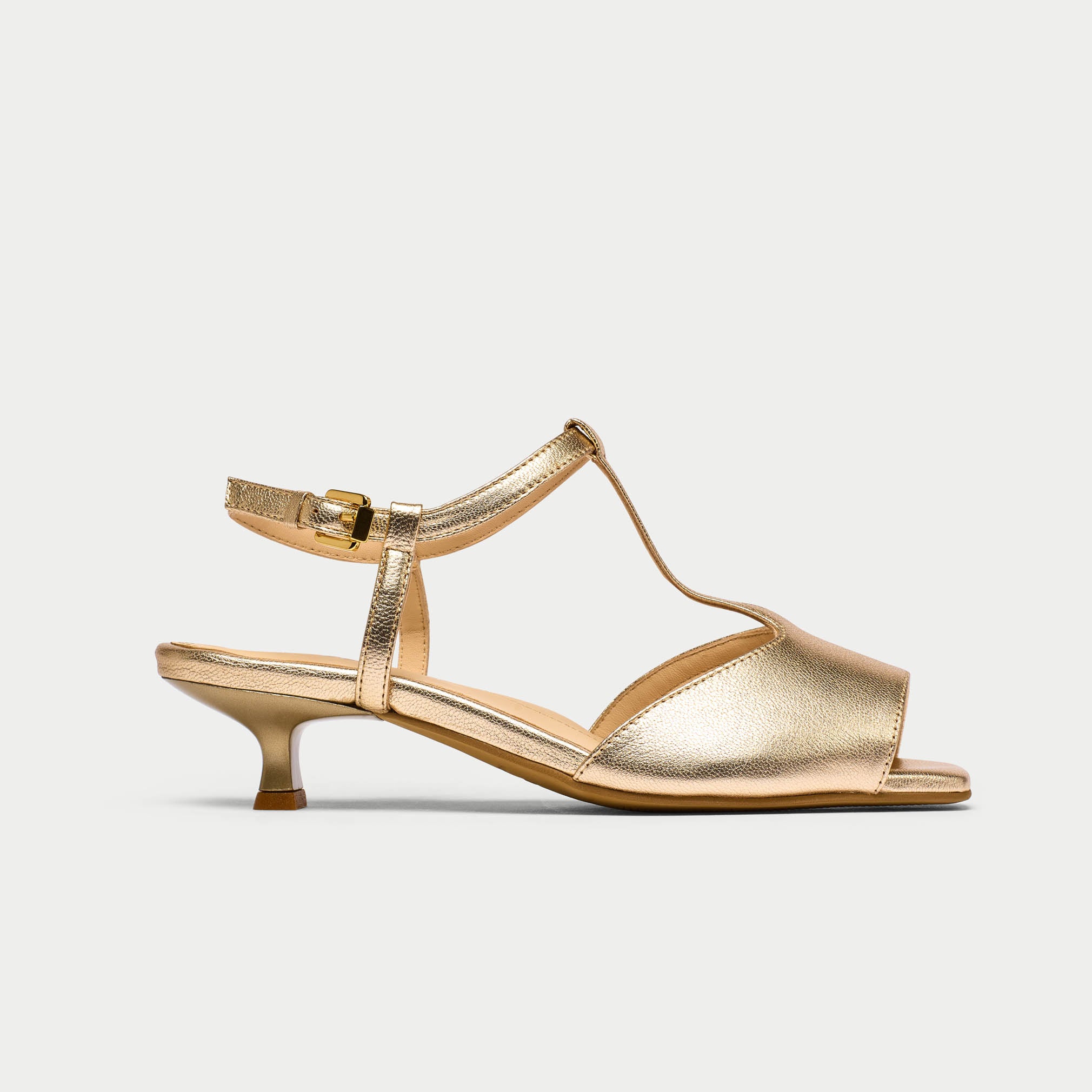
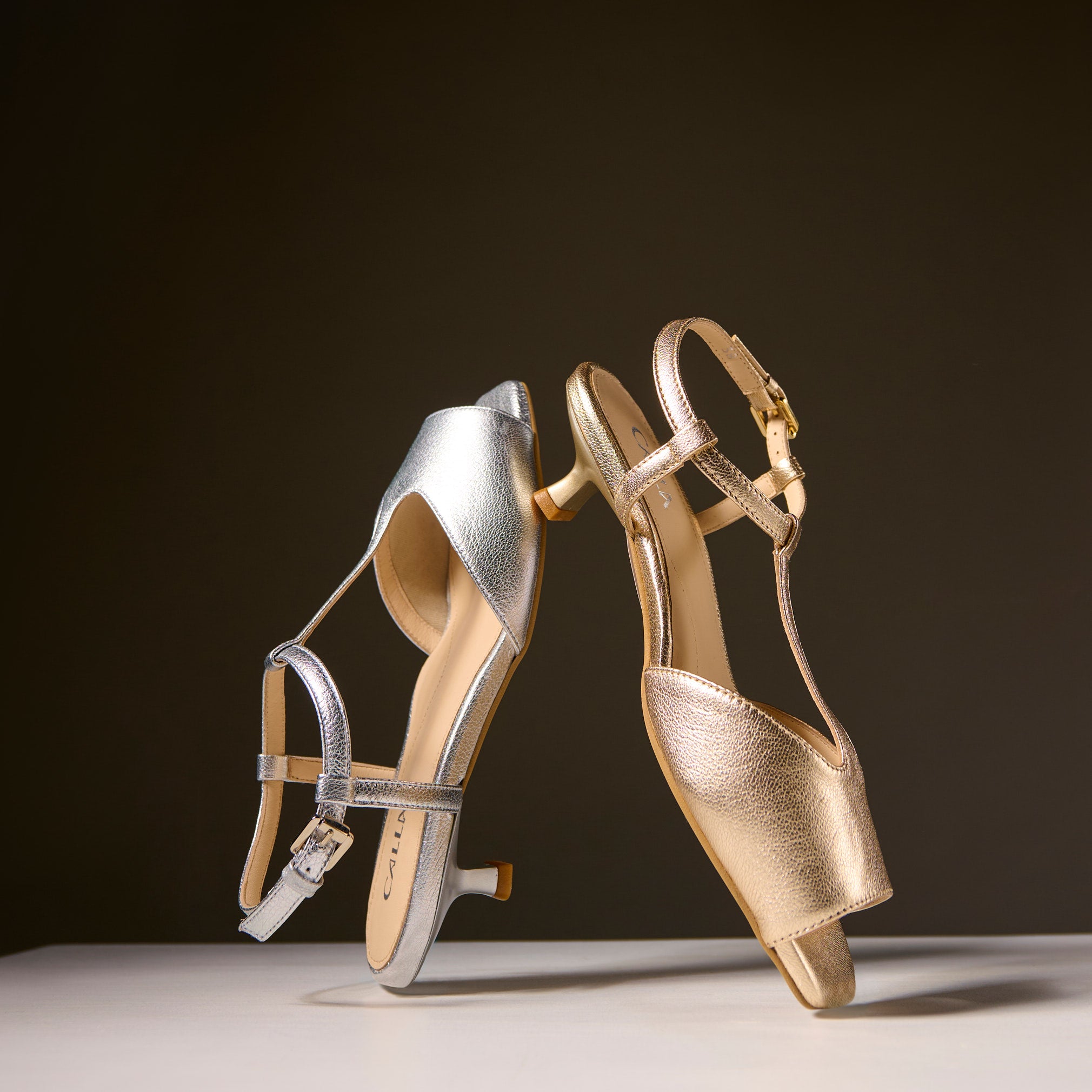
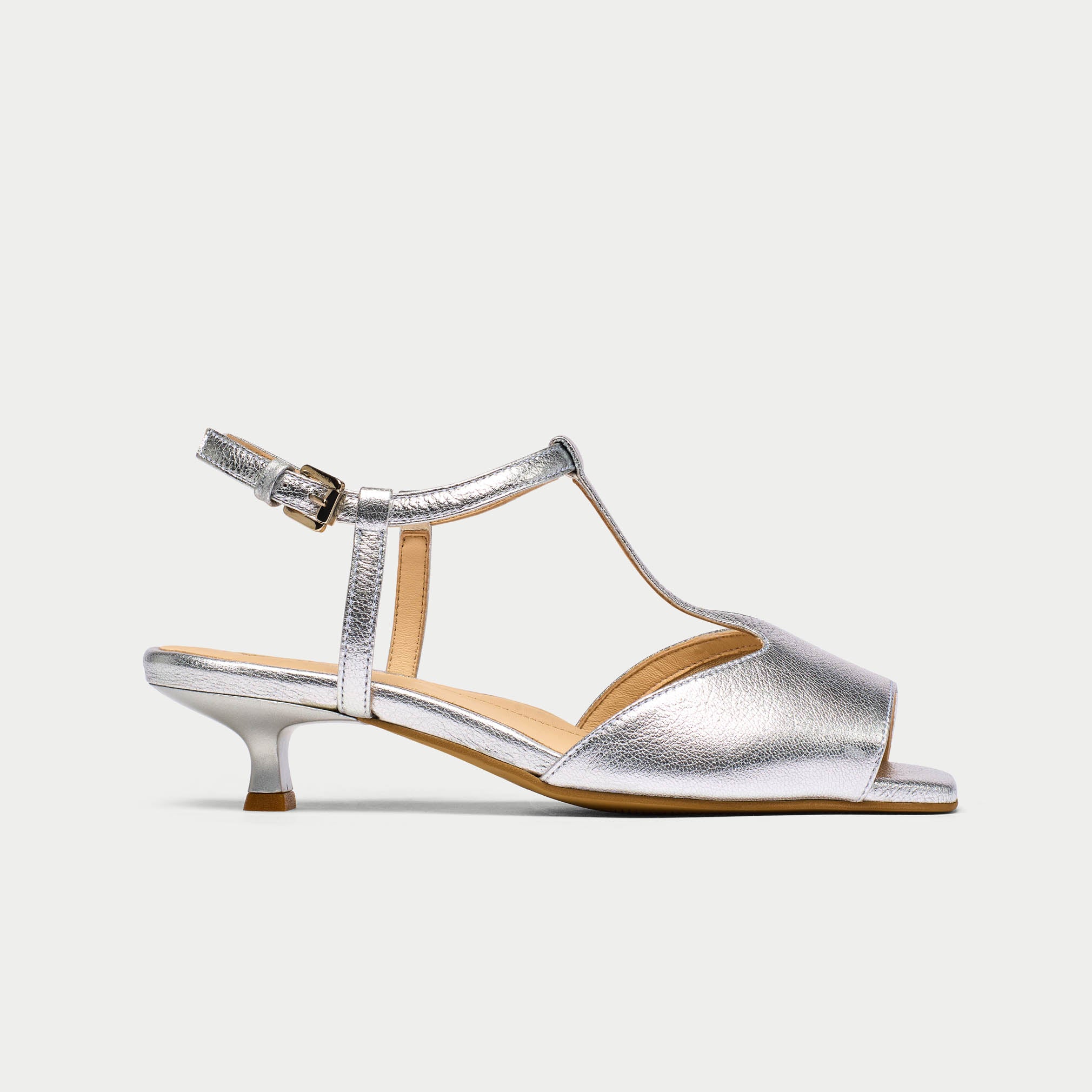
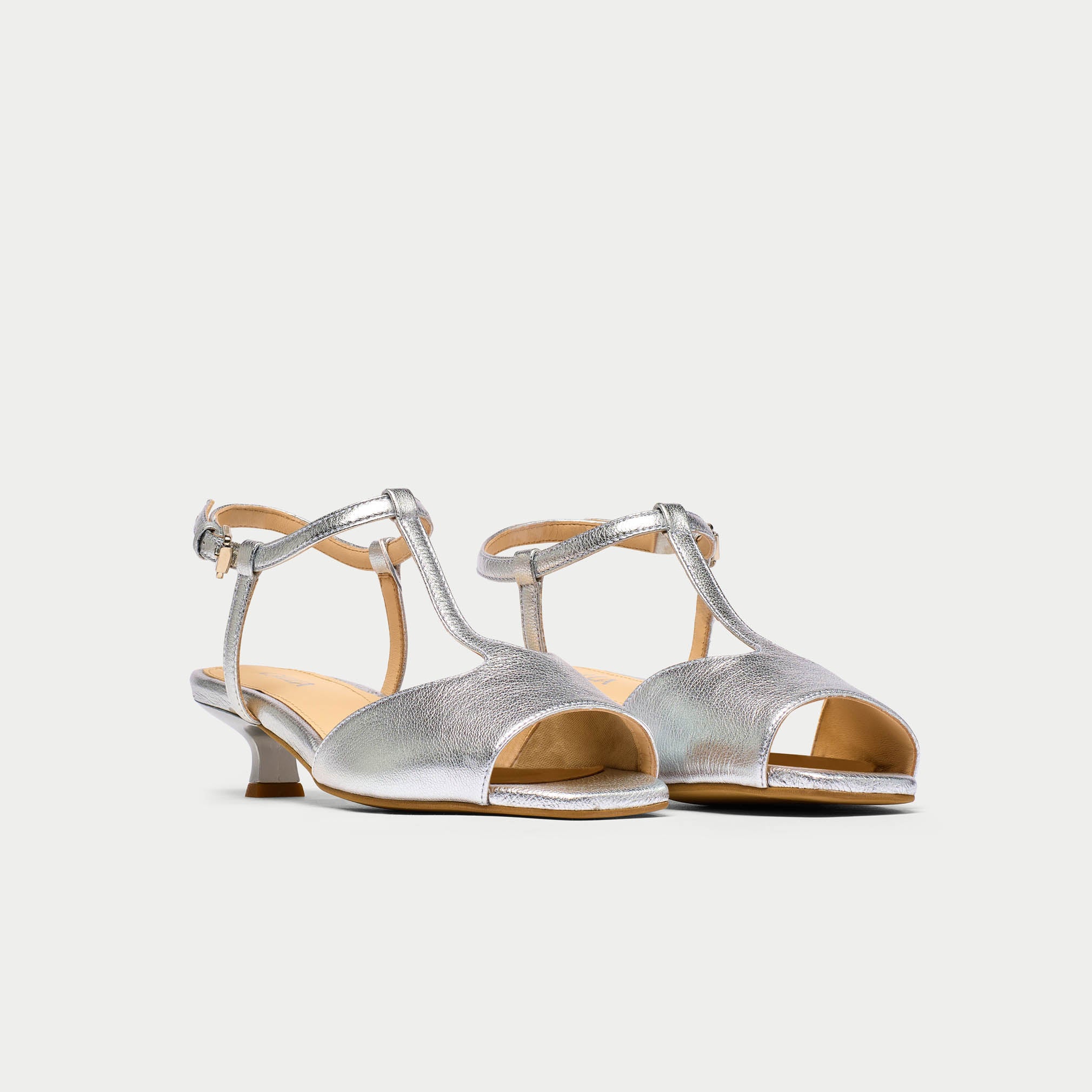
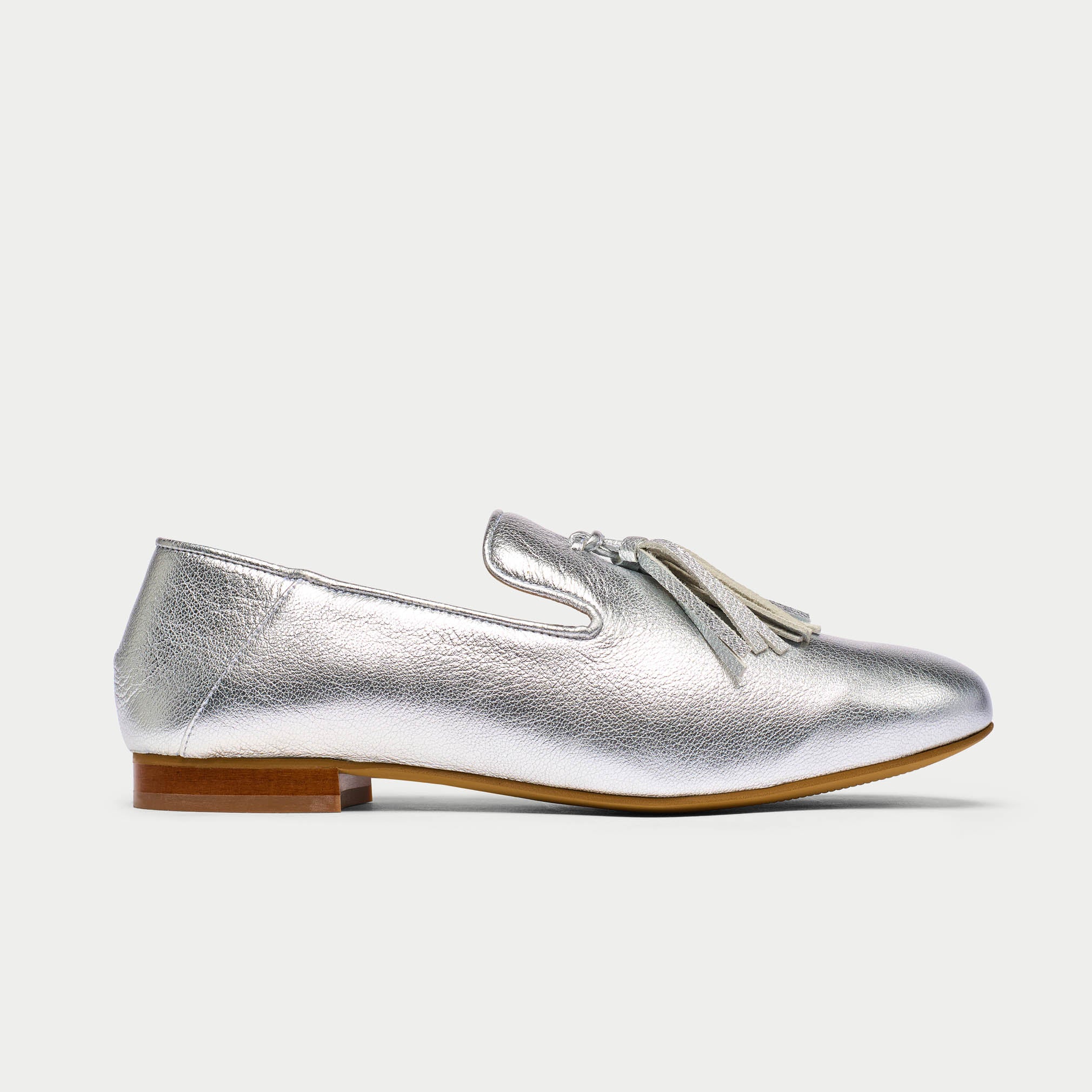
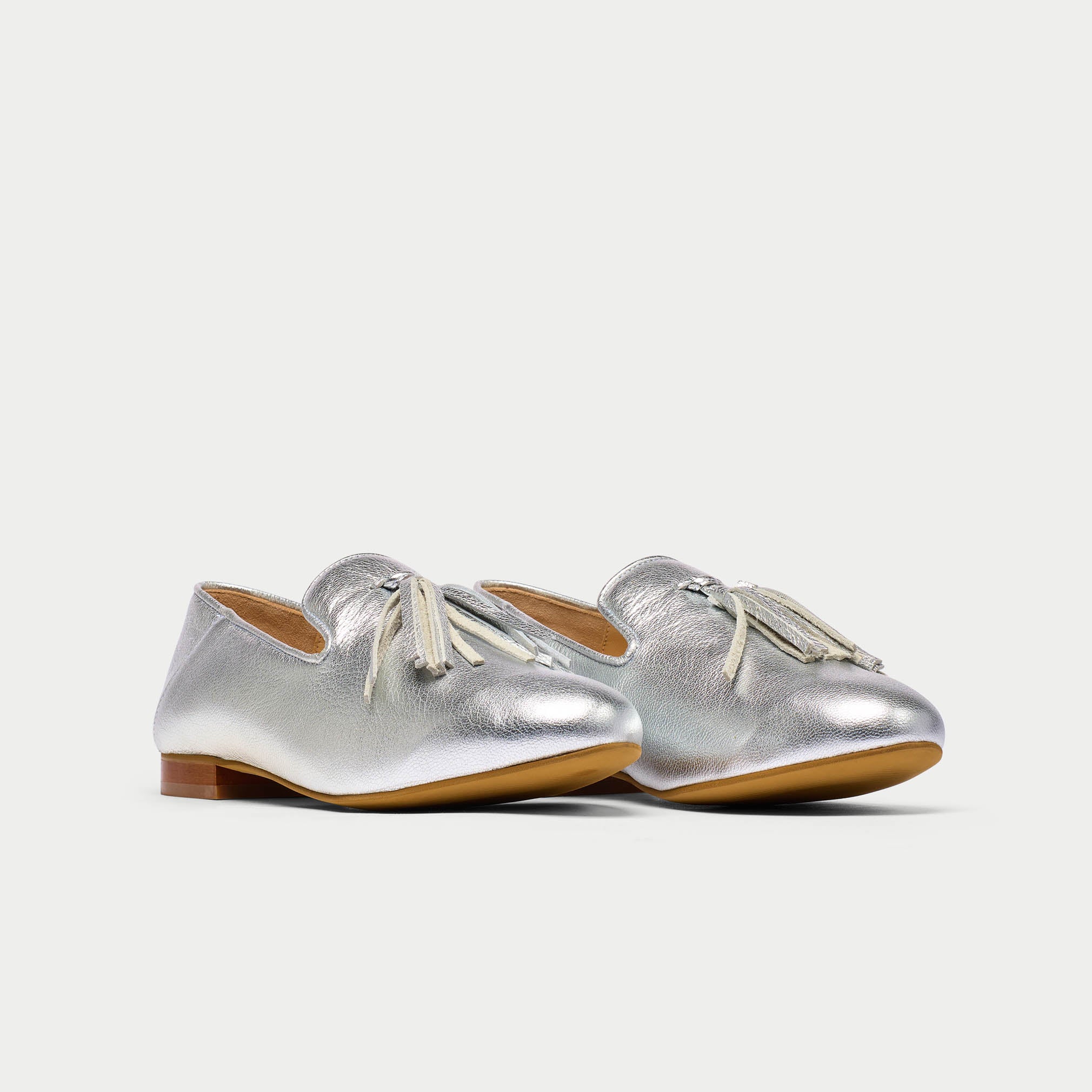
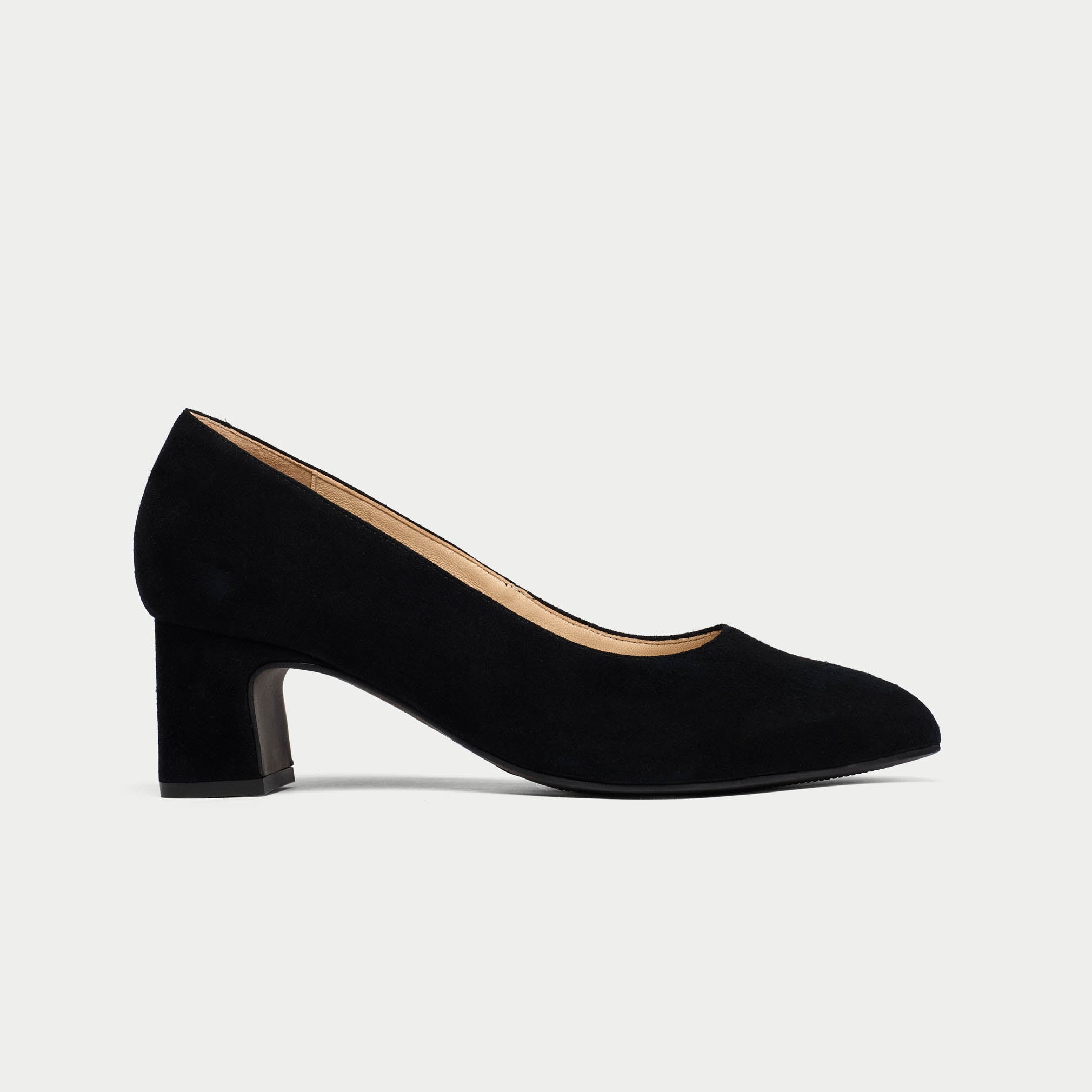
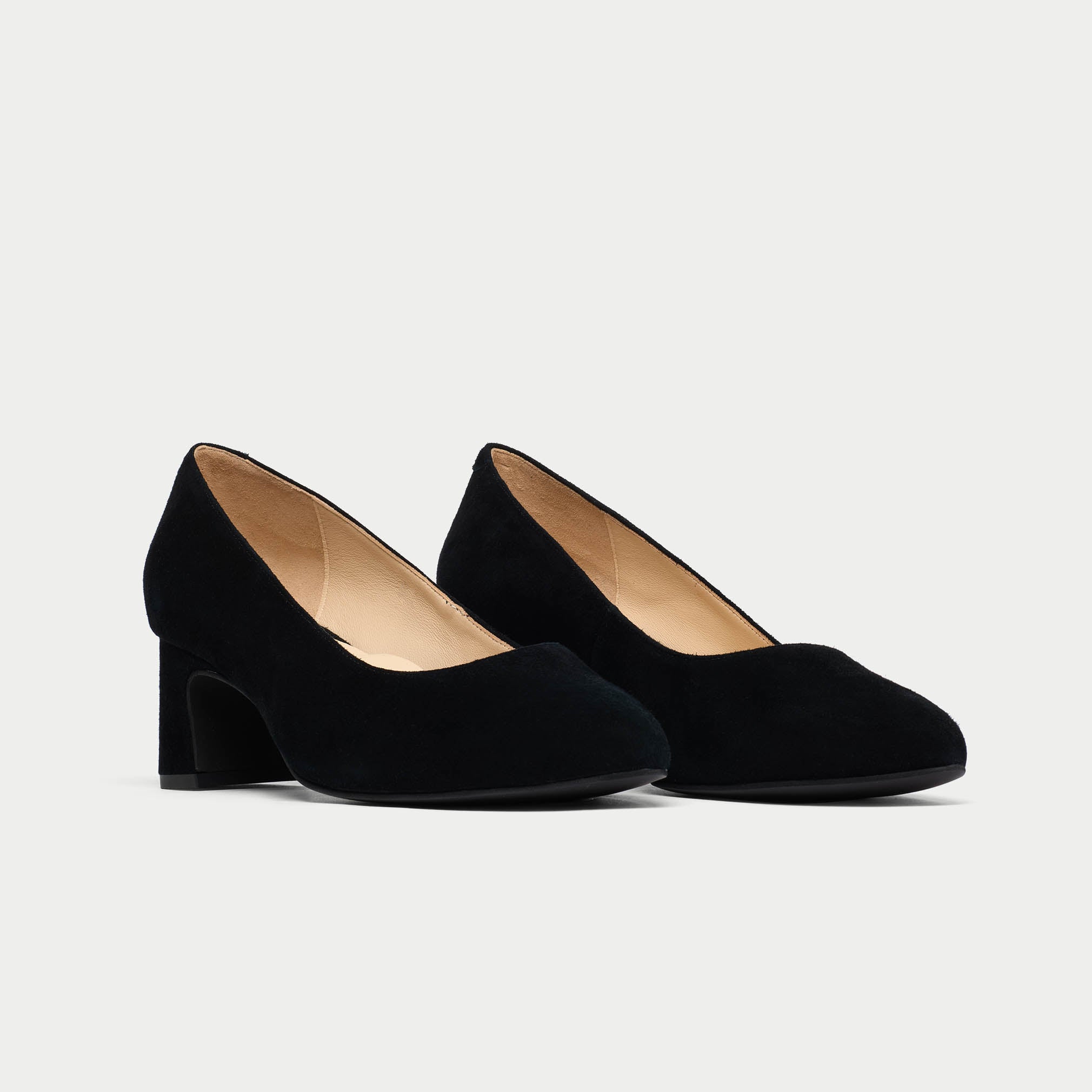
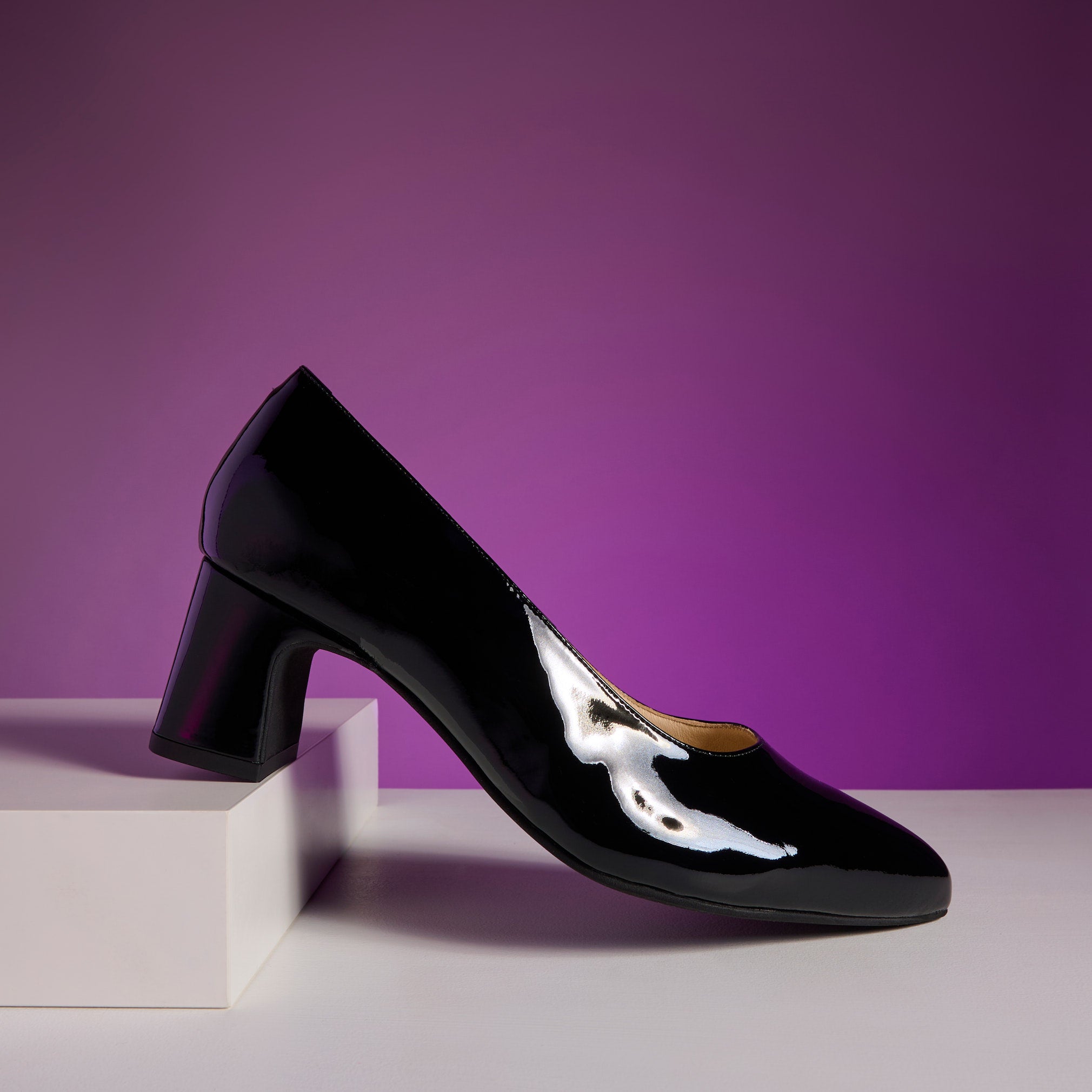
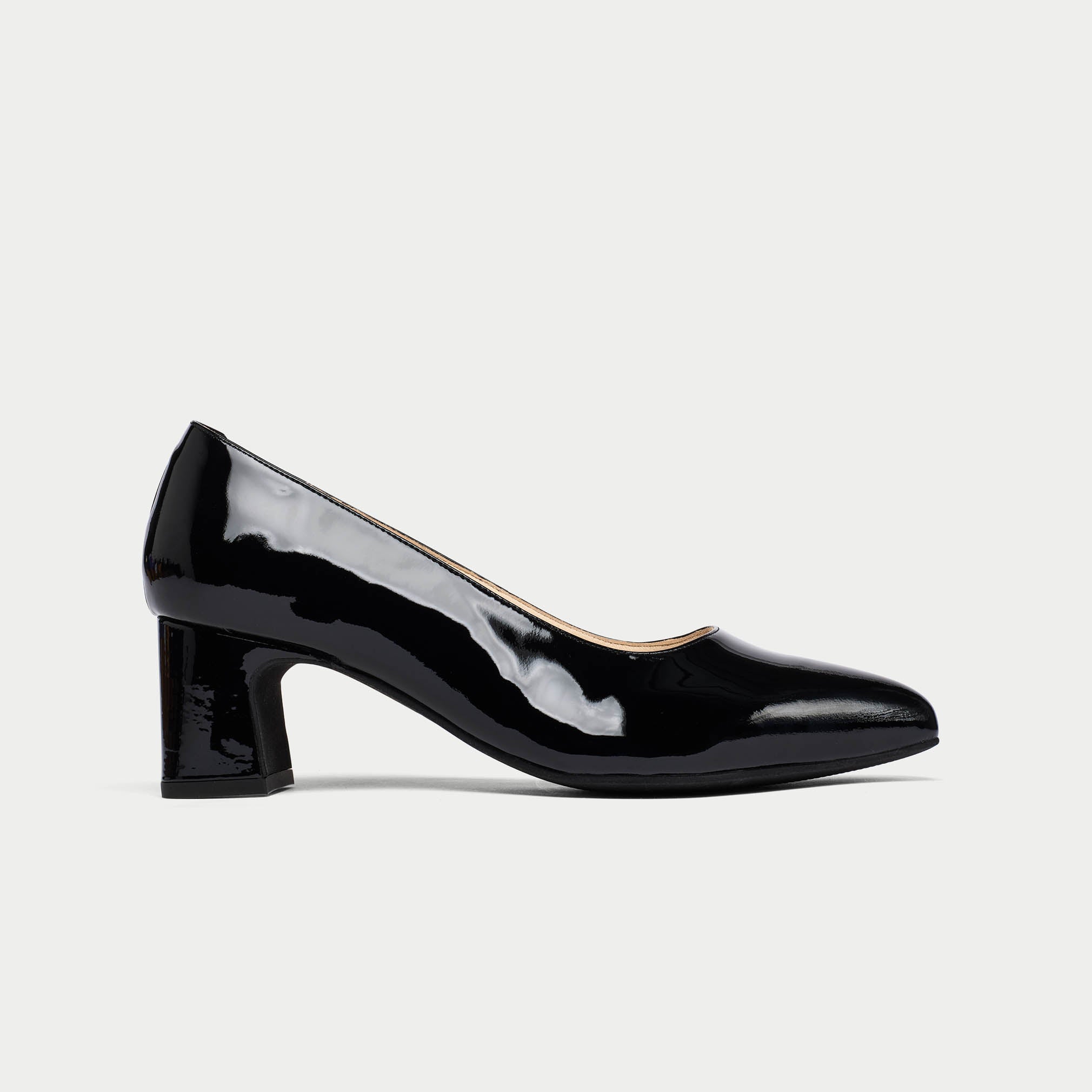
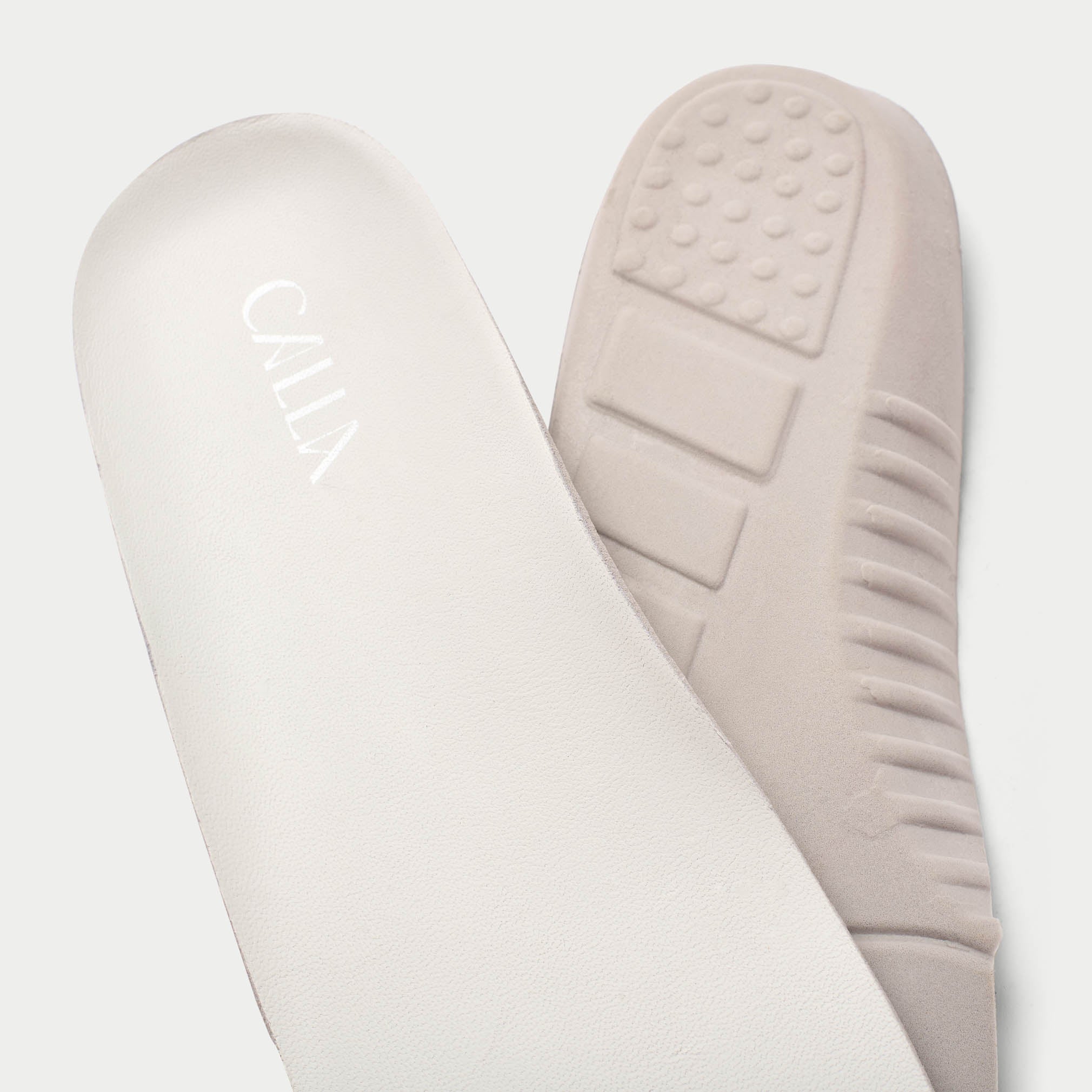
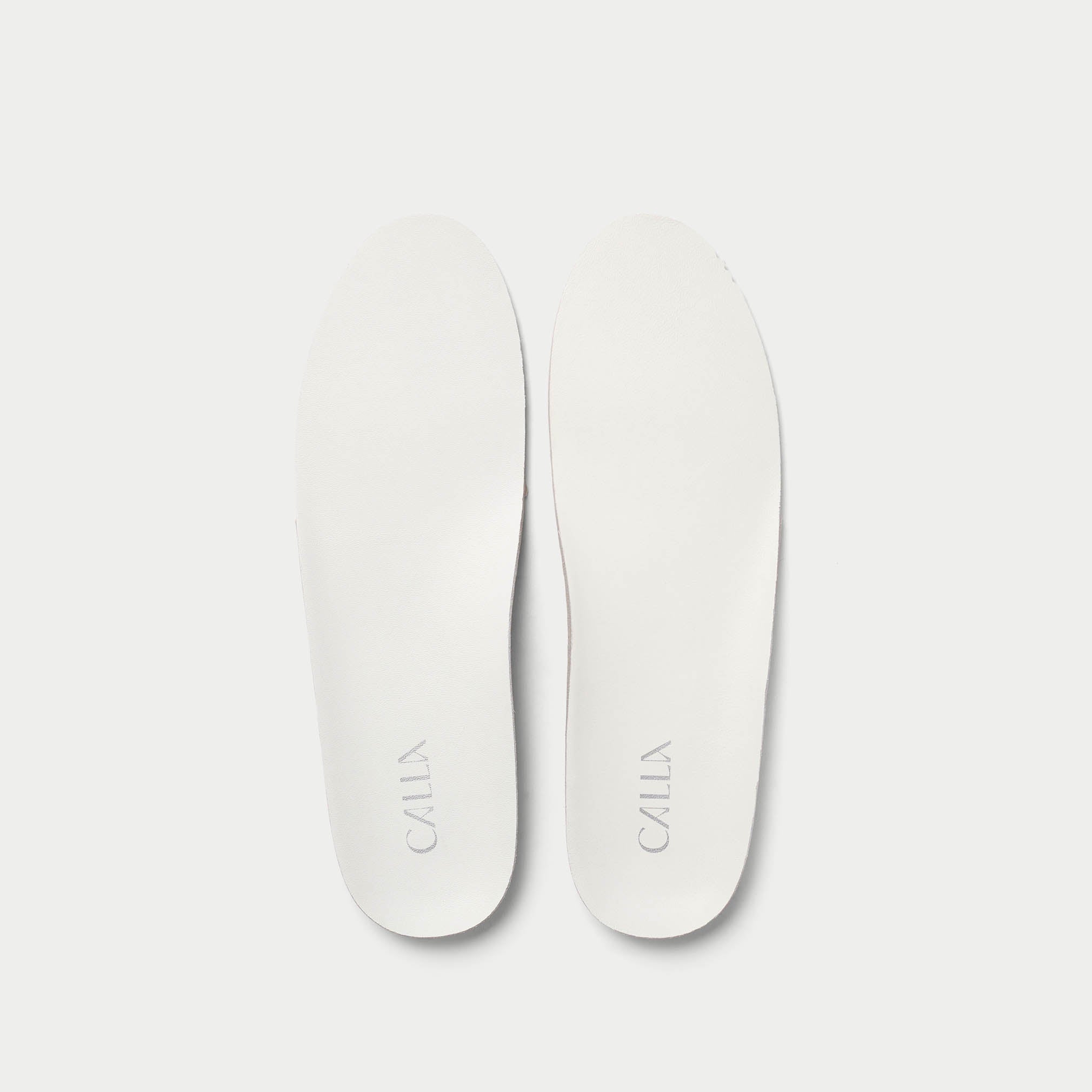
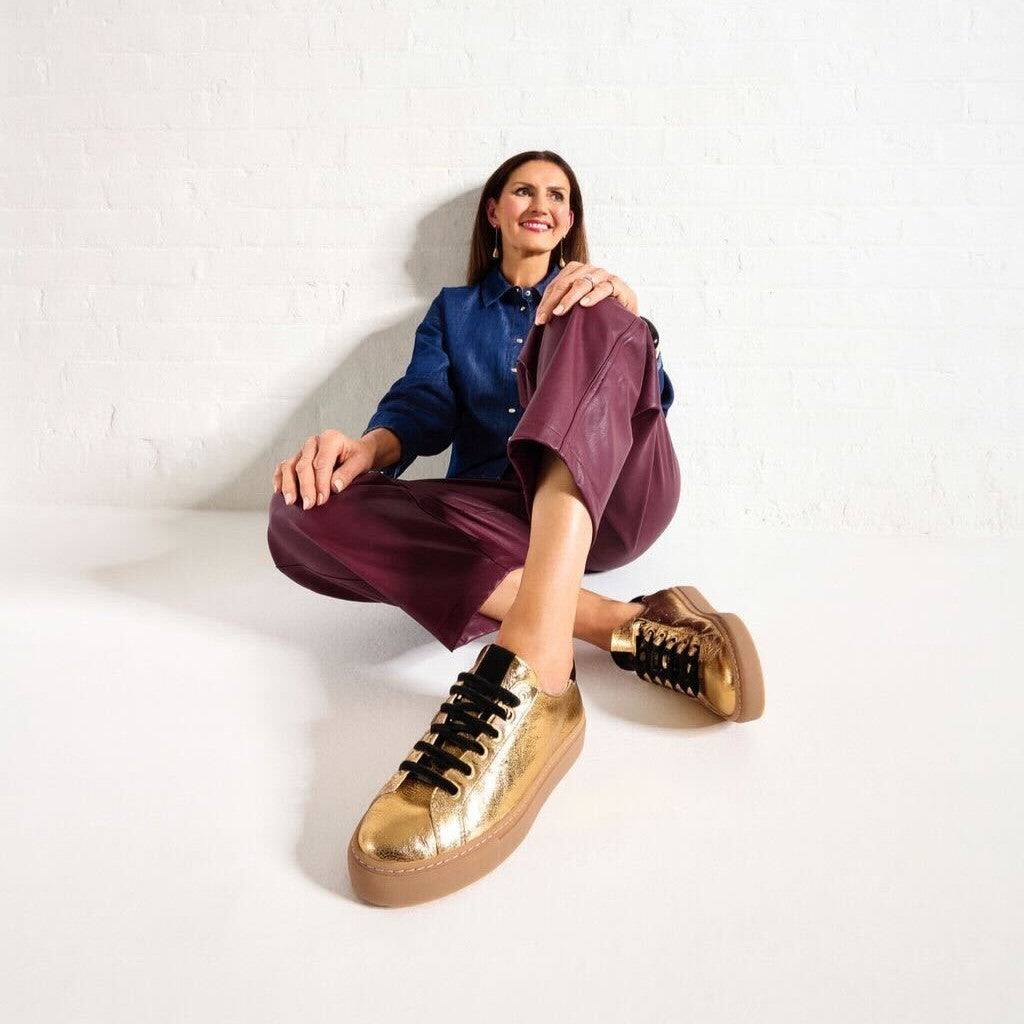
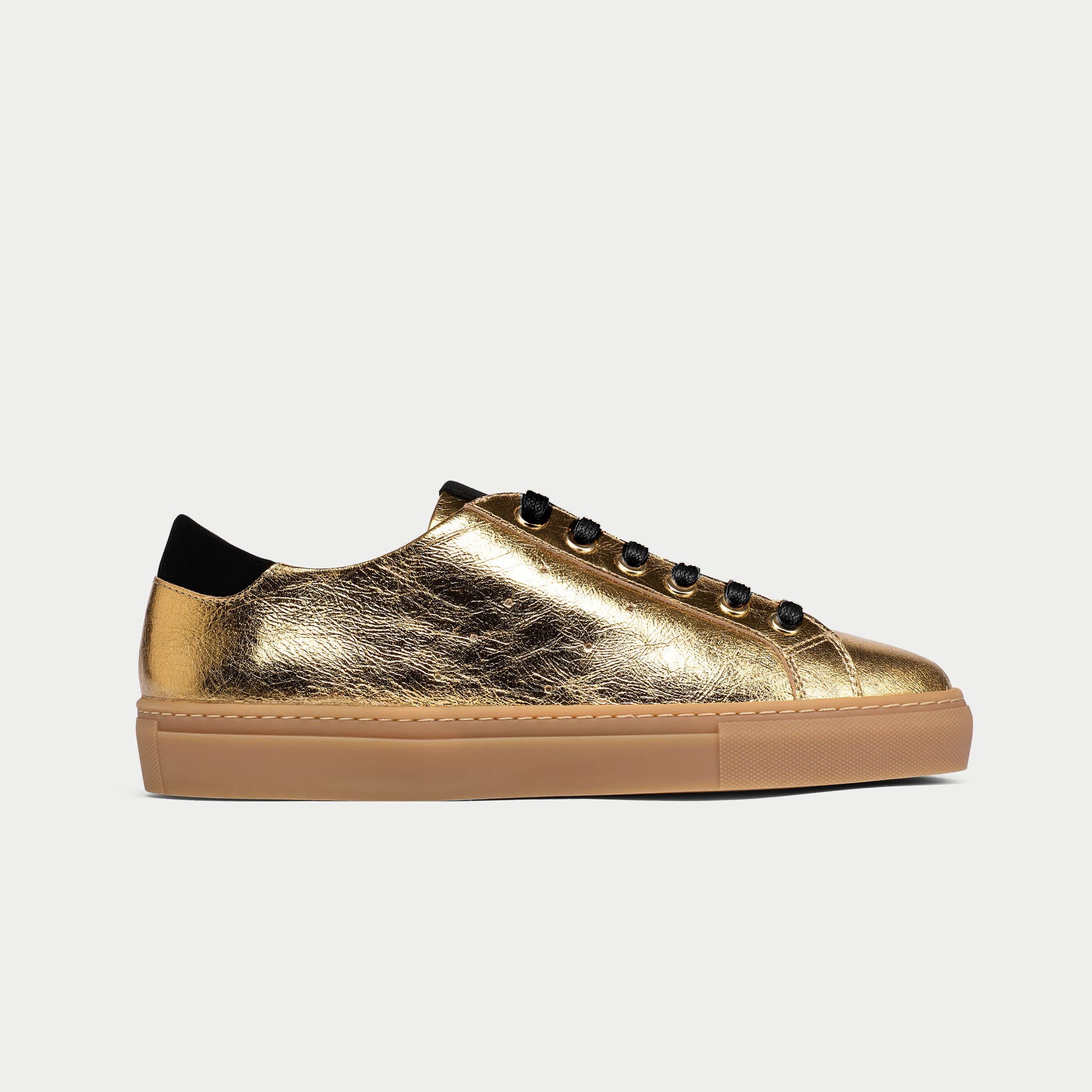
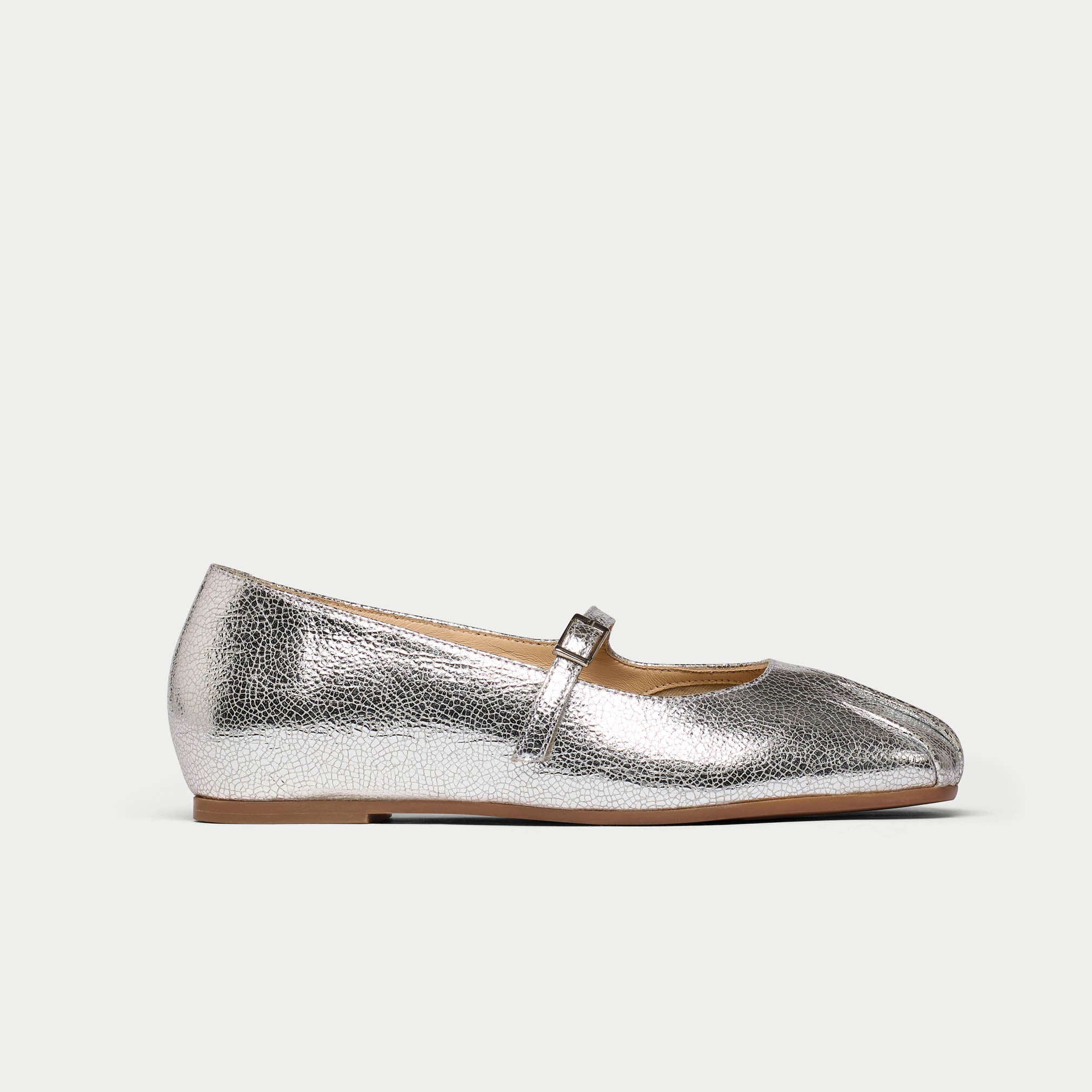
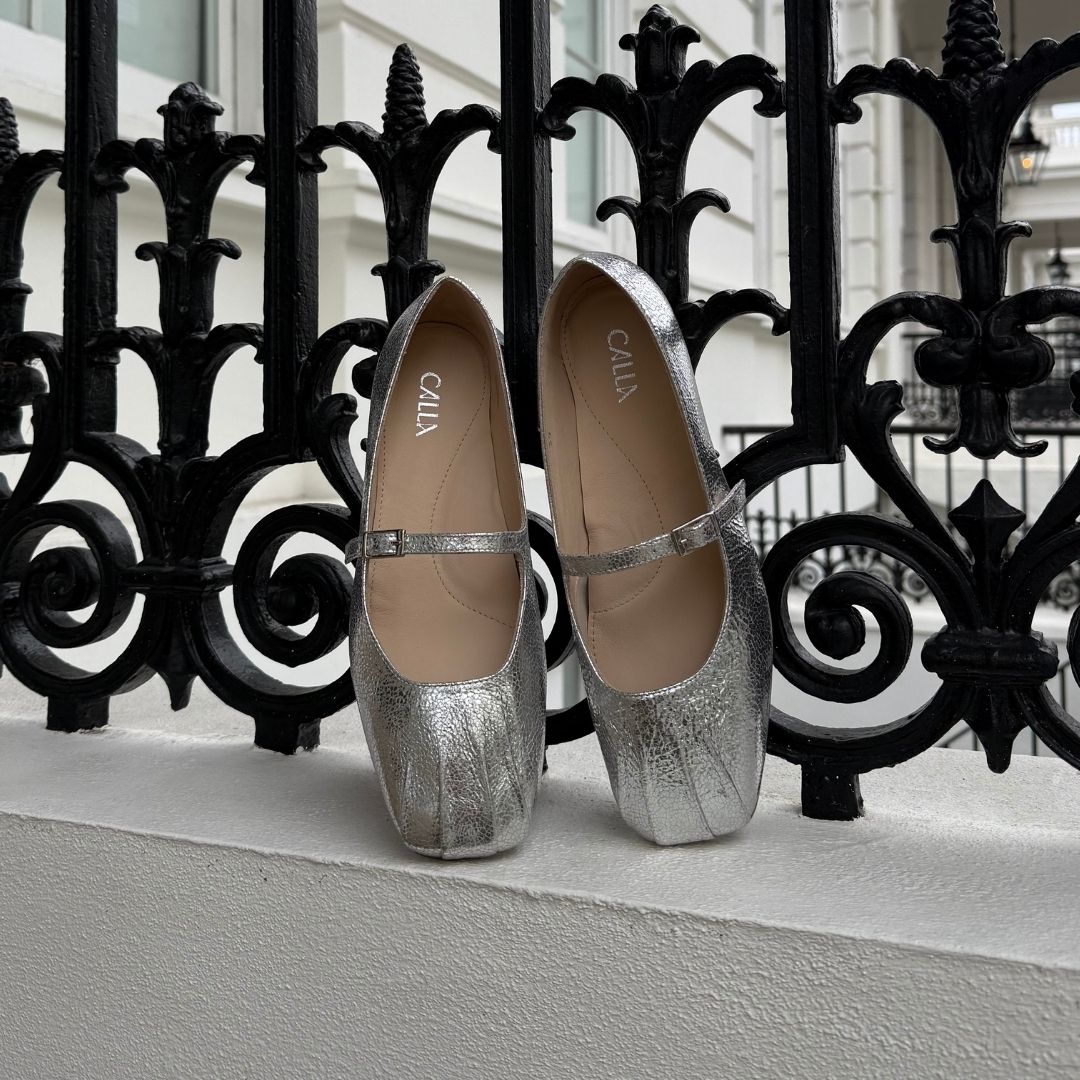
Leave a comment
This site is protected by hCaptcha and the hCaptcha Privacy Policy and Terms of Service apply.